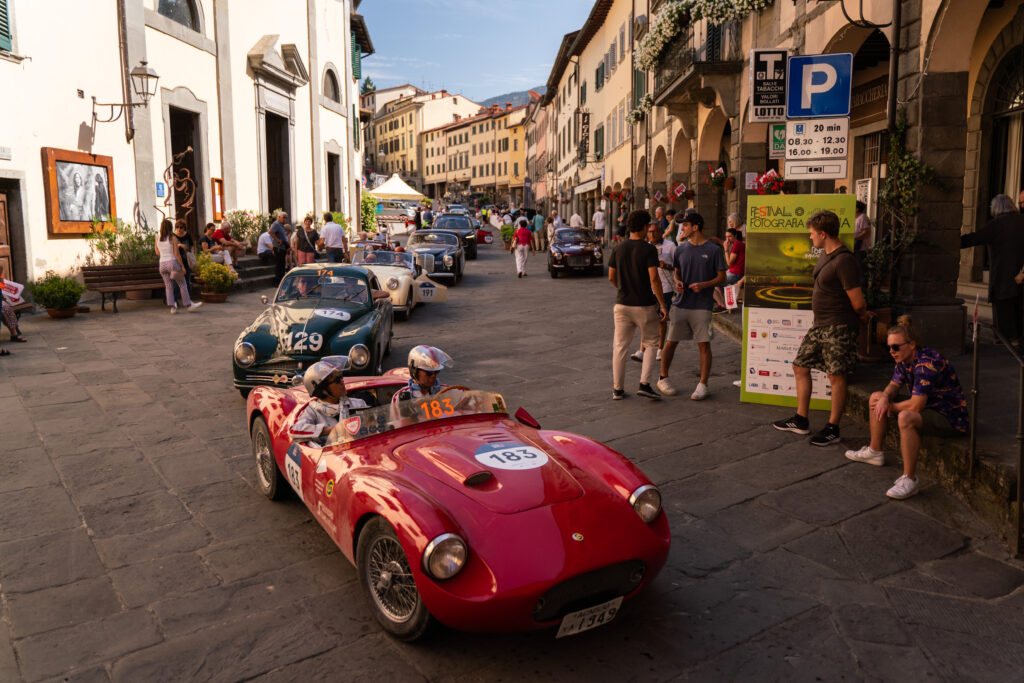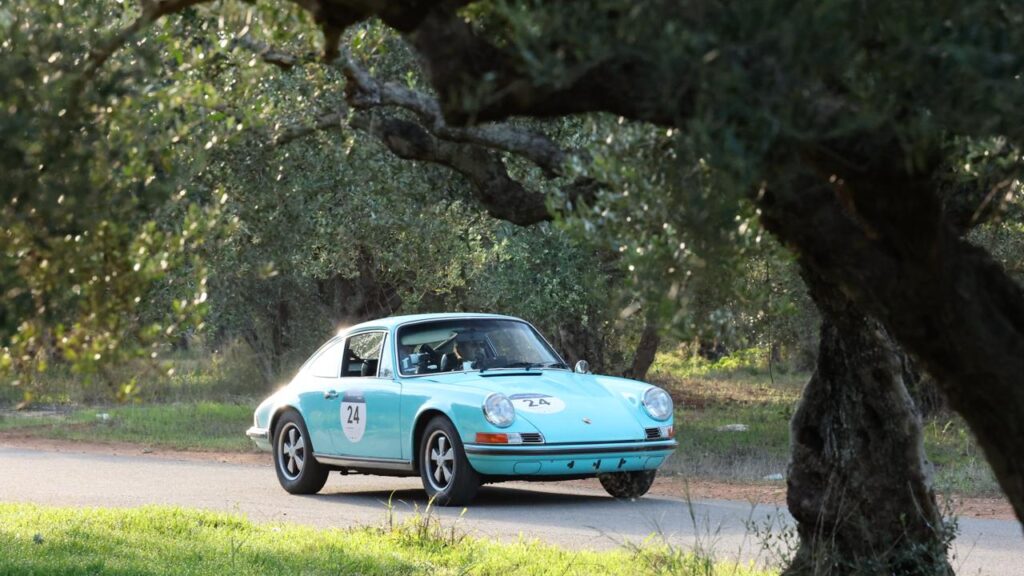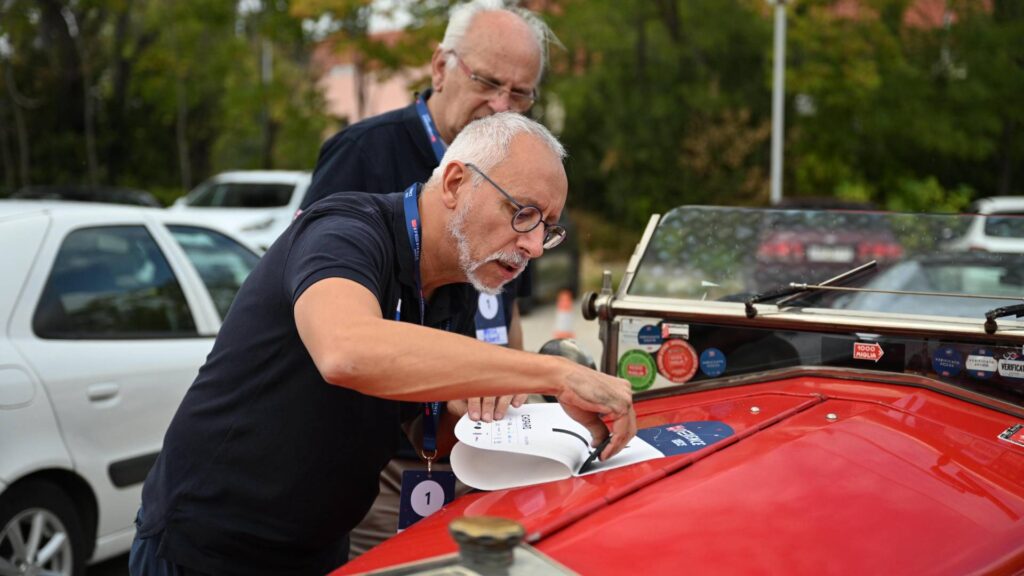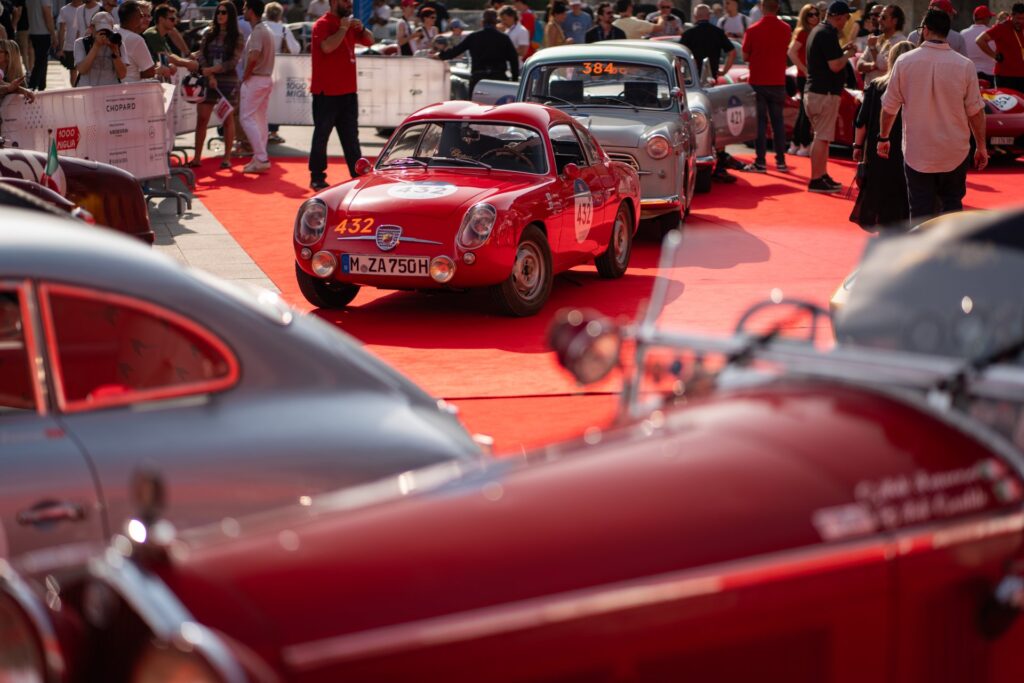A Living Museum on Wheels: Showcasing Automotive History

Every autumn, something remarkable happens on the roads of Greece. As olive groves, coastal bends, and ancient ruins form the backdrop, a parade of mechanical masterpieces rolls by—each one a symbol of a bygone era, each one still very much alive. This is the 1000 Miglia Experience Greece, where classic automobiles don’t just sit in collections—they live, breathe, and move.
Icons in Motion
Each vehicle in the 1000 Miglia Experience Greece is a rare and revered icon—some born to race, others crafted to tour, all of them imbued with stories of courage, elegance, and engineering brilliance. They are rolling pieces of history, machines that once raced through the streets of Brescia, conquered alpine passes, or graced the boulevards of Rome. Among them, you’ll find legendary names like Alfa Romeo, Bugatti, Lancia, Bentley, and Jaguar—each with its own story to tell.
Alfa Romeo 6C 1750 (1929–1933)
One of the undisputed heroes of early Mille Miglia races, the Alfa Romeo 6C 1750 is more than just a car—it’s a monument on wheels. Driven by legends like Tazio Nuvolari, this lightweight, supercharged marvel combined beauty with raw power. In 1930, Nuvolari famously raced through the night with his headlights off, overtaking rivals under the cover of darkness. To see this machine roaring through the hills of Arcadia today is to witness a relic of motorsport glory—alive and moving.
Bugatti Type 35 (1924–1930)
Arguably one of the most successful racing cars of all time, the Bugatti Type 35 is the embodiment of French racing elegance. With over 1,000 victories to its name, its unmistakable horseshoe grille and blue bodywork turn heads even among other classics. Delicate in design but fierce in performance, it reminds us that racing was once as much about style as it was about speed.
Bentley 4½ Litre (1927–1931)
This British brute combines elegance with endurance. Known from its heroic performances in the Le Mans 24 Hours, the Bentley 4½ Litre is a symbol of muscular charm and unbreakable spirit. When it thunders down a Greek backroad, there’s no mistaking its presence. With its leather straps, wire wheels, and thunderous exhaust, it’s not just participating—it’s commanding attention.
Mercedes-Benz 300 SL Gullwing (1954–1957)
A post-war masterpiece, the 300 SL Gullwing is pure drama. Its upward-opening doors and sleek silver lines made it an icon of 1950s sophistication. Powered by groundbreaking fuel injection, it was both technically advanced and breathtakingly beautiful. When it glides past the Temple of Poseidon or down a winding coastal road, it bridges eras in a way no other machine can.
Ferrari 250 GT Berlinetta (1956–1960)
Rare, refined, and ruthlessly fast. The Ferrari 250 GT was Maranello’s answer to touring elegance and motorsport performance. A car of aristocratic charm and mechanical soul, it represents the golden age of Ferrari, when every car was built with passion and purpose. Seeing it drive through Greece—its V12 singing—is a reminder that performance can be poetry.
Lancia Aurelia B20 GT (1951–1958)
Italy’s unsung hero, the Lancia Aurelia, was the first production car with a V6 engine and a true grand touring soul. With its understated lines and advanced engineering, it was beloved by drivers who valued control over flash. When one of these understated beauties makes its way through the Greek countryside, it’s not about spectacle—it’s about graceful endurance.
Preserving Beauty, Engineering Passion
Each of these cars is a testament to human craftsmanship and mechanical ingenuity. Their preservation is not just about aesthetics—it’s about protecting the engineering milestones that paved the way for modern automotive technology.
Owners of classic cars are more than collectors. They are custodians of heritage. Every bolt, gear, and panel has a story. Many cars undergo meticulous restorations, using original parts or hand-fabricated components to maintain historical accuracy. Mechanics with specialist knowledge—often trained over decades—play a vital role in keeping these vehicles roadworthy.
Preserving such cars also means driving them. That’s why events like the 1000 Miglia are so important. A vehicle that was born for the open road deserves to be on it—not trapped in a warehouse. And the Greek terrain, with its diverse routes and dramatic vistas, offers the perfect stage for these mechanical protagonists to shine
These aren’t museum displays behind velvet ropes. They’re living legends, participating in a journey that merges the romance of the past with the landscape of the present. They don’t just remind us of the past. They pull it into the present, allowing us to feel the soul of the 1000 Miglia not as a memory—but as an experience.





